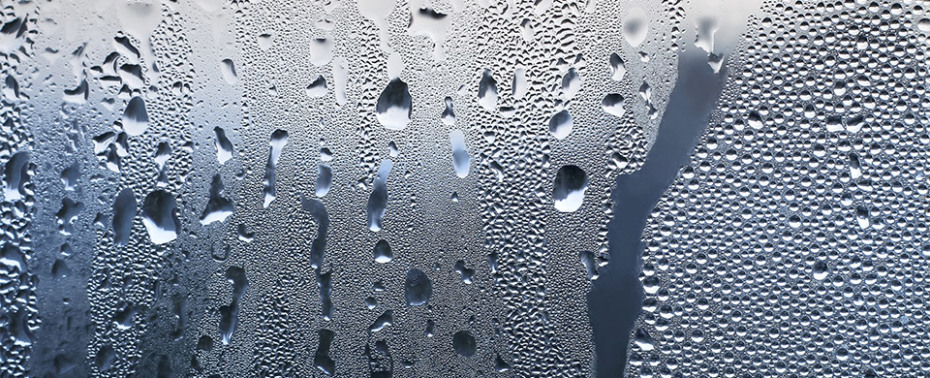What to Do About Condensation

Most condensation comes from humidity levels inside your home. Your old windows most likely had areas for this moisture to leak outside, so really what you're seeing is proof that your new windows/doors are doing their job to make your house more energy efficient.
There are two different types of condensation which both have different causes. Exterior condensation typically occurs when a cool night follows a warmer day – usually in the spring or fall. Exterior condensation is no cause for concern, in fact it's an indication that the window is performing as it should.
Interior condensation is caused by excess humidity in your home. Warmer air holds more moisture and when it comes into contact with a colder surface (the glass in your windows) it is cooled and moisture is released in the form of condensation.
Here are a few simple tips to help you deal with condensation inside your home:
- Open your windows as much as possible to let the humidity escape outside
- Use a dehumidifier to greatly reduce the humidity inside your home
- Vent clothes dryers, gas burner, etc. outside
- Use kitchen and bathroom exhaust fans
Many people think that the presence of condensation in new windows (when there was a lack of condensation with their old windows) means they are not doing their job. This is not the case. When you have new windows & doors installed you're basically tightening up any holes that were present with your old windows/doors. Now the humidity inside your home has lost its escape route to the outside world. When you see condensation on your new windows, what you're actually seeing is proof that your new windows/doors have eliminated air leakage points throughout your home.
For more information on moisture problems and what you can do visit Natural Resources Canada.
Get a Free Quote
Schedule your free in-home, no-obligation quote today.
We will not share your email. No spam.

